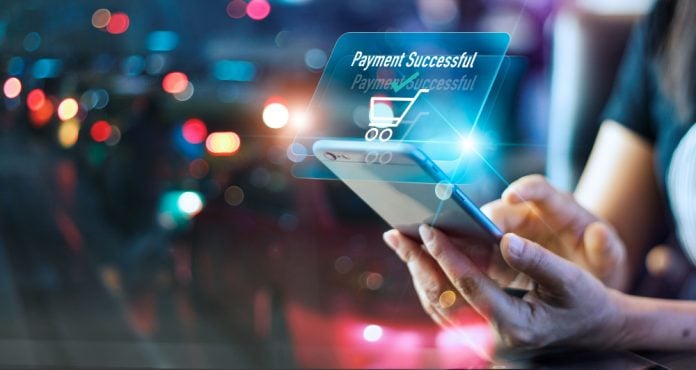TPAY MOBILE has elevated its offering with confirmation of the first phase of its strategic app monetisation partnership with Huawei.
The partnership is active across twelve mobile operators in seven countries within the MEA region, enabling over 60 million subscribers to purchase from HUAWEI AppGallery utilising direct carrier billing.
During the first half of 2021, millions of DCB transactions were processed across Egypt, Kuwait, Qatar, Bahrain, Oman, Jordan, and Tunisia. In addition, developers gained the opportunity to connect with an array of operators, including Orange, WE, STC, Ooredoo, Vodafone, Omantel, and Zain.
Sahar Salama, founder and CEO of TPAY MOBILE, commented on the collaboration: “TPAY MOBILE and Huawei have been working together closely as part of our ongoing commitment to support developers and consumers in the MEA region. We are pleased that this partnership has scaled at such a rapid pace in a short amount of time.
“Huawei is leading the pack when it comes to smartphone adoption and penetration across the MEA region, and this is further demonstrated by the tenfold growth in DCB payment volumes we are witnessing on a monthly basis.”
The strategic partnership, first announced in September 2020, enables local and global developers to accept DCB payments for their apps and services through Huawei Mobile Services (HMS) In-App-Purchases (IAP) kit.
Adam Xiao, Managing Director of Huawei Mobile Services MEAI, Huawei Consumer Business Group, added: “At Huawei, consumers’ satisfaction is always at the forefront of our strategies, and our partnership with TPAY MOBILE is a testament to that.
“Huawei device users will gain the opportunity to pay for their favourite applications and services conveniently via DCB – using just their mobile phone number and without the need for a bank account. This service is vital, especially when traditional transactions are not realistic for many smartphones users who don’t have access to bank accounts.”



















